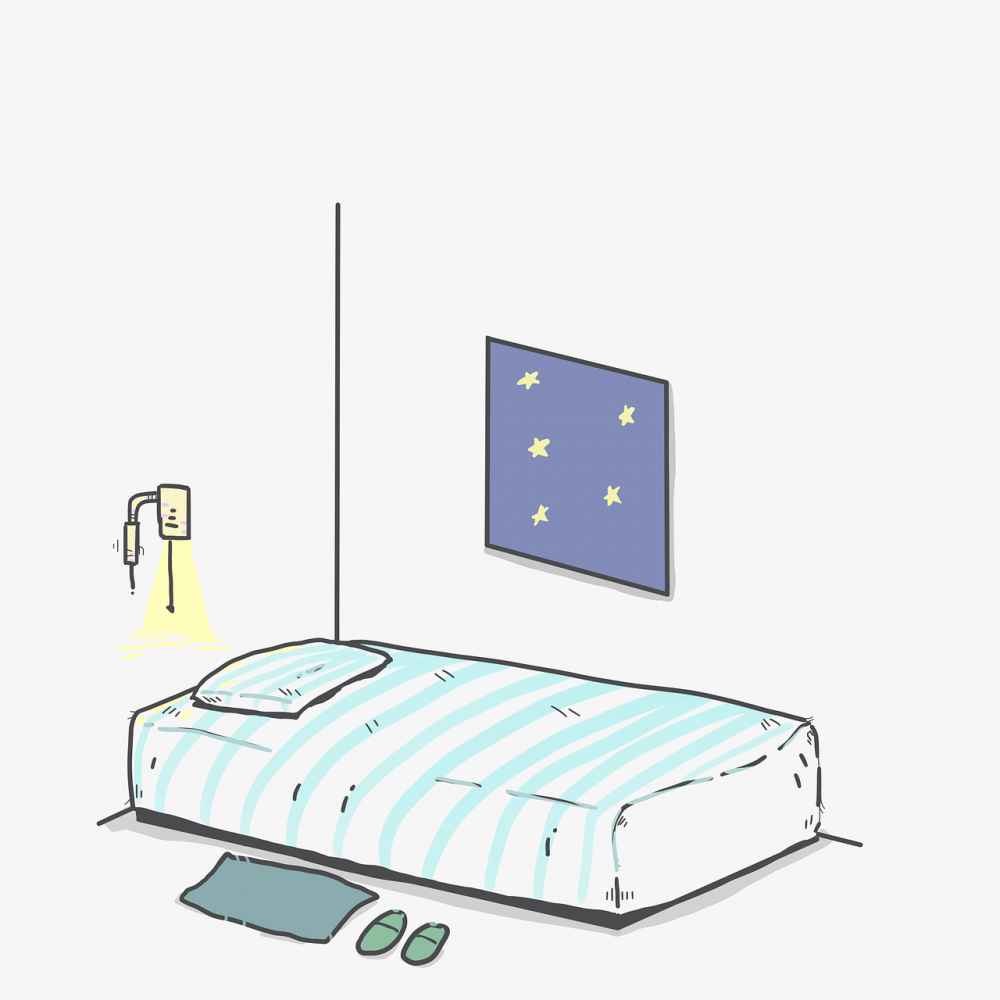Dealing with Sleep Disorders: An In-depth Exploration

Understanding and Managing Sleep Disorders: A Comprehensive Guide
Introduction:

Sleep disorders are a common problem affecting millions of people worldwide. From difficulty falling asleep to frequent awakenings or excessive daytime sleepiness, sleep disorders can have a significant impact on a person’s daily functioning and overall well-being. In this article, we will provide an in-depth overview of sleep disorders, including their types, prevalence, and measurements. We will also discuss how different sleep disorders differ from each other, and explore the historical perspectives on their advantages and disadvantages.
Understanding Sleep Disorders
Sleep disorders refer to a group of conditions that affect a person’s ability to have a restful and rejuvenating sleep. There are several types of sleep disorders recognized by medical professionals, including insomnia, sleep apnea, restless leg syndrome, narcolepsy, and parasomnias. Each of these disorders presents with its own set of symptoms and can be caused by various factors such as stress, medical conditions, lifestyle choices, and genetic predispositions.
Insomnia, for example, is characterized by difficulty falling asleep, staying asleep, or both. Sleep apnea, on the other hand, involves repeated episodes of interrupted breathing during sleep, leading to reduced oxygen flow to the brain. Restless leg syndrome causes uncomfortable sensations in the legs, often leading to an irresistible urge to move them. Narcolepsy is a neurological disorder that causes excessive daytime sleepiness and sudden sleep attacks. Parasomnias, including sleepwalking and sleep talking, involve abnormal behaviors or experiences during sleep.
Prevalence and Measurements
Sleep disorders are more prevalent than most people realize. According to studies, around 30% of the general population experiences some form of sleep disorder at some point in their lives. Insomnia is the most common sleep disorder, affecting approximately 10% of the population. Sleep apnea is estimated to impact more than 18 million adults in the United States alone.
To measure sleep disturbances and diagnose sleep disorders, healthcare professionals use a variety of tools and methods. These include sleep questionnaires to assess symptoms and sleep quality, sleep studies or polysomnography to monitor brain and body activity during sleep, and actigraphy to track sleep-wake patterns using a device worn on the wrist. By employing these measurements, healthcare providers can accurately diagnose specific sleep disorders and develop appropriate treatment plans.
Differentiating Sleep Disorders
Although sleep disorders may share similarities, it’s essential to understand how they differ from each other to ensure proper diagnosis and treatment. Differentiating sleep disorders can be based on factors such as symptoms, underlying causes, and required interventions.
For instance, both insomnia and sleep apnea can result in poor quality sleep and excessive daytime sleepiness, but their causes are distinct. While insomnia is often rooted in stress, anxiety, or lifestyle factors, sleep apnea is primarily caused by physical obstructions in the airway. Treatment approaches for these disorders would also differ, with insomnia often benefiting from behavioral therapy and sleep apnea requiring the use of Continuous Positive Airway Pressure (CPAP) machines.
Historical Perspectives on Sleep Disorders
Throughout history, sleep disorders have been viewed and treated differently. In ancient civilizations, such as Egypt and Greece, sleep was believed to be influenced by gods and could reveal spiritual insights. Sleep deprivation and excessive sleep were even used as methods of healing and divination.
As science progressed, the understanding of sleep disorders evolved. In the late 19th century, scientists began categorizing and studying sleep disorders more systematically. In the 20th century, the discovery of REM sleep and its connection to dreaming provided further insights into the complexities of sleep.
However, it wasn’t until the modern era that sleep disorders gained significant recognition as legitimate medical conditions requiring specialized treatment. Today, advancements in technology and research continue to shed light on the complexities of sleep and the impact of sleep disorders on overall health and well-being.
Conclusion:
Sleep disorders can significantly affect an individual’s quality of life and overall health. By understanding the different types of sleep disorders, their prevalence, measurements, and historical perspectives, individuals can seek appropriate care and treatment. It is important to consult with healthcare professionals and sleep specialists to address any sleep-related concerns and develop personalized strategies for better sleep hygiene. Restful and rejuvenating sleep is crucial for physical and mental well-being, and it should not be taken for granted.





